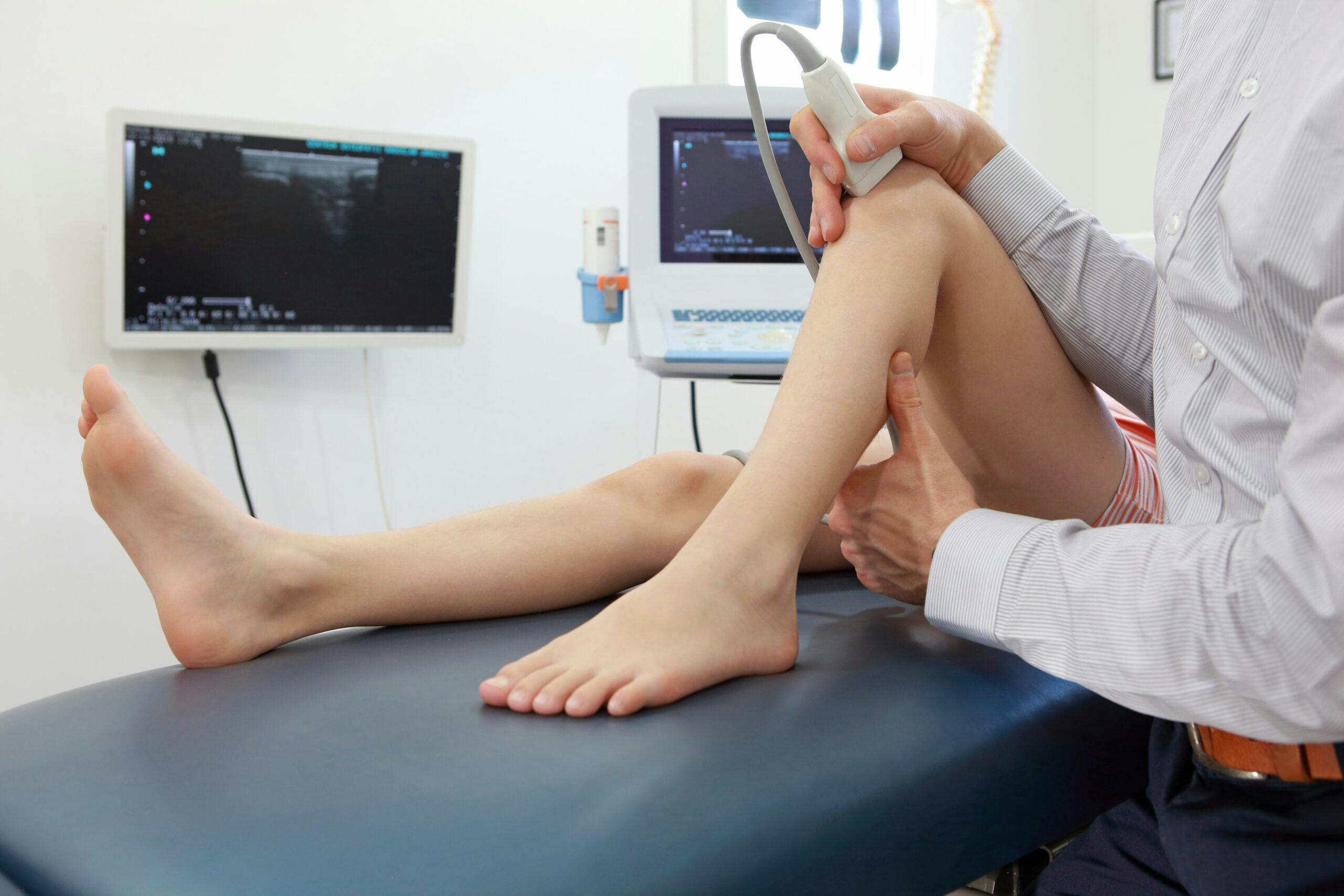Research and the Evolution of Sports Medicine
Disease and injury of the musculoskeletal system represent one of the fastest growing sources of pain, disability, and death today. As the world’s population continues to age and become more and more susceptible to orthopaedic conditions, many of which are driven largely by the aging process, the importance of this field of study will only increase. As a result, there has been an increasing focus placed on researching the biology and physiology of the musculoskeletal system, the underlying causes of the various diseases that plague it, and the mechanisms of injury that acutely harm it. This type of research requires a vast, multidisciplinary approach, drawing on the fields of cellular and molecular biology, chemistry, biomechanics, mechanical engineering, and clinical research.
One of the most exciting and promising avenues of research in orthopaedics today is regenerative medicine. Regenerative medicine is the burgeoning field of clinical research and treatment that focuses on harnessing the body’s innate ability to heal itself in the management of musculoskeletal injuries. The two most common regenerative medicine procedures are platelet-rich plasma (PRP) therapy and stem cell injections. While many of the treatments that fall under the umbrella of regenerative medicine are still in the early stages of development, study, and regulatory approval, many clinicians believe that these procedures hold great promise for the treatment of orthopedic disorders. Furthermore, regenerative medicine has applications beyond the muscles and bones of the body, so it has the potential to revolutionize countless current areas of medical treatment.
MILES Study
As stated above, stem cell injections, which use the body’s own stem cells to promote healing and recovery, are one of the most well-known and sought-after regenerative medicine procedures today. Adult stem cells are found throughout the body and can be harvested from a patient’s bone marrow or adipose (fat) tissues. These cells have many regenerative and anti-inflammatory properties, so clinicians believe that they may have the ability to treat some common conditions that cause damage to the soft tissues within the body (e.g., torn cartilage, arthritis, etc.). When extracted, processed and injected back into the body, these base cells have the potential to promote healing and repair by developing into muscle, vascular, cartilage or even bone cells.
One of the studies currently being conducted to test the efficacy and safety of stem cell injections is the Multicenter Trial of Stem Cell Therapy for Osteoarthritis (MILES) study. The study is a multicenter research trial being conducted to compare the efficacy of corticosteroid control injections against three regenerative medicine procedures for the treatment of unilateral osteoarthritis of the knee: 1) mesenchymal stem cell preparations from autologous bone marrow concentrate, also known as BMAC; 2) adipose-derived stem cells; and 3) third-party human mesenchymal stem cells manufactured from umbilical cord tissue. The study is being funded by The Marcus Foundation and will be conducted at four clinical sites across the United States, including Andrews Research and Education Foundation (AREF) in Gulf Breeze, FL. Dr. Josh Hackel is the Principal Investigator for the AREF study site and one of the clinical leaders who shaped the design and methods of this potentially game-changing study.
To be eligible for this study, you must be between 40 and 70 years of age and have a recent diagnosis of osteoarthritis in one knee. If you or a loved one are suffering from knee osteoarthritis, please reach out to Dr. Hackel and his team today. You may qualify for this ground-breaking research trial!



